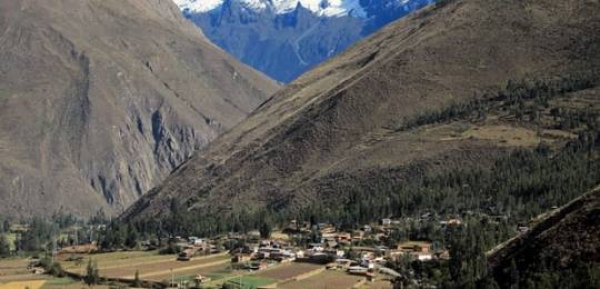Climate Change Adaptation in the Andes: What Do We Not Know Yet? Identifying and Prioritizing Knowledge Gaps

The Andes mountain range defines the topography of the South American countries of Bolivia, Chile, Colombia, Ecuador, and Peru and provides vital ecosystem services to the region. These mountains host more than 99% of the world’s tropical glaciers and are essential in supplying water to regional watersheds that sustain significant portions of the South American population. In the coming decades, the Andean region will be strongly affected by climate change, which is projected to increase temperature and alter precipitation patterns, and the uncertainties of large-scale weather phenomena, such as El Niño Southern Oscillation (ENSO). These changes in weather and climate are already having an impact on regional ecosystems, as is evident by the significant losses in the size and distribution of mountain glaciers, as well as the decreased water availability for irrigation, agriculture, hydropower, and household and industrial uses. These trends, which will only be exaggerated in the coming decades, demonstrate a clear need for integrated management and regionally appropriate adaptation practices in the Andes. However, many adaptation strategies are constrained by a high level of uncertainty and by knowledge gaps. Identifying and prioritizing these gaps in knowledge is a crucial first step in order to develop and implement suitable adaptation measures.

Facebook comments